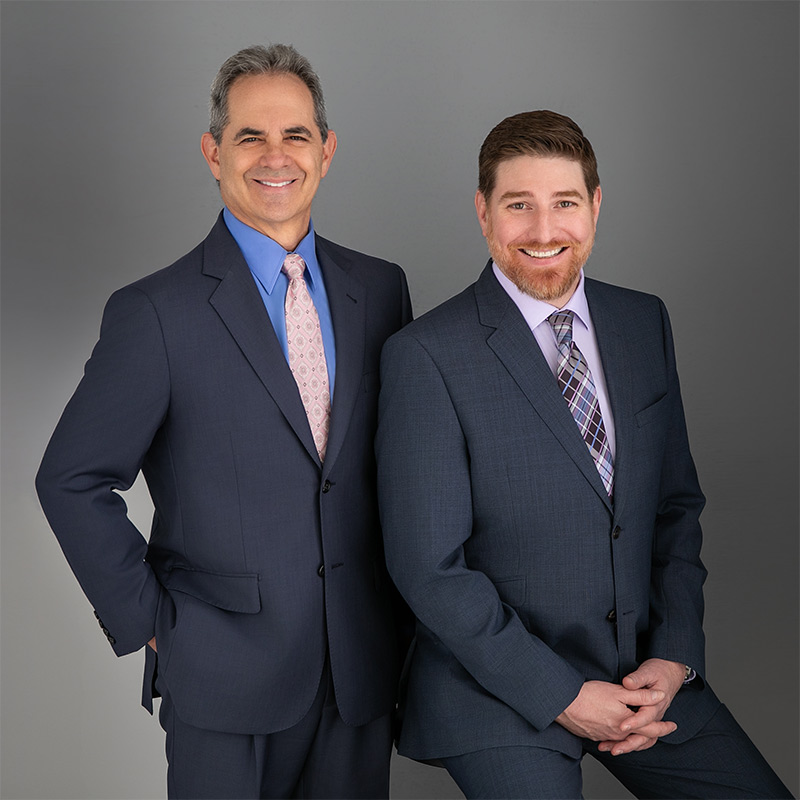It seems that lately there has been much talk about the electric car. The automobile companies have been investing large amounts of money into electric cars with the hopes of becoming the leaders in the industry. The installation of more charging stations has not only made it more convenient to charge an electric car, but the installation of solar charging stations has made the drain on the power infrastructure less of a problem.
Still, the hydrogen car lurks in the background. Tucked away on the Torrance campus behind a security guard and a locked gate, a system designed to power Honda’s limited-production FCX Clarity sedan and other hydrogen fuel-cell vehicles uses solar panels to power a machine the size of a mini-refrigerator. This system converts water into hydrogen and oxygen gases and then pumpes the hydrogen directly into the car. No fossil fuels, no pollution, no additional strain on the power grid — and all done at home. It’s called a residential hydrogen refueler, and only one currently exists. According to statements from automakers like Honda, General Motors, Toyota, and Mercedes they hope to begin selling hydrogen-powered production cars to consumers as early as 2015.
Other hydrogen fuel-cell cars, only available by lease, exist. Made by GM, Toyota and Mercedes, most of the lessees are in “station clusters,” specific geographic areas that have hydrogen fueling stations. It’s the scarcity of these hydrogen stations that’s seen as one of the biggest barriers to mass adoption of fuel-cell cars.
The installation of these residential hydrogen refulers would solve this problem, but at what cost? Honda won’t say, but it’s a promising technology that advances the trend toward consumers detaching from a fossil-fuel economy and becoming more self-sufficient. It’s a future in which American homes are less reliant on a large-scale infrastructure — power grids, and water districts — and provide at least some of the solutions themselves via solar panels, gray-water systems, rainwater harvesting and home-based car-refueling technology.






